Anne-Katrin Mahlein
SugarViT -- Multi-objective Regression of UAV Images with Vision Transformers and Deep Label Distribution Learning Demonstrated on Disease Severity Prediction in Sugar Beet
Nov 07, 2023Abstract:Remote sensing and artificial intelligence are pivotal technologies of precision agriculture nowadays. The efficient retrieval of large-scale field imagery combined with machine learning techniques shows success in various tasks like phenotyping, weeding, cropping, and disease control. This work will introduce a machine learning framework for automatized large-scale plant-specific trait annotation for the use case disease severity scoring for Cercospora Leaf Spot (CLS) in sugar beet. With concepts of Deep Label Distribution Learning (DLDL), special loss functions, and a tailored model architecture, we develop an efficient Vision Transformer based model for disease severity scoring called SugarViT. One novelty in this work is the combination of remote sensing data with environmental parameters of the experimental sites for disease severity prediction. Although the model is evaluated on this special use case, it is held as generic as possible to also be applicable to various image-based classification and regression tasks. With our framework, it is even possible to learn models on multi-objective problems as we show by a pretraining on environmental metadata.
Agricultural Plant Cataloging and Establishment of a Data Framework from UAV-based Crop Images by Computer Vision
Jan 11, 2022



Abstract:UAV-based image retrieval in modern agriculture enables gathering large amounts of spatially referenced crop image data. In large-scale experiments, however, UAV images suffer from containing a multitudinous amount of crops in a complex canopy architecture. Especially for the observation of temporal effects, this complicates the recognition of individual plants over several images and the extraction of relevant information tremendously. In this work, we present a hands-on workflow for the automatized temporal and spatial identification and individualization of crop images from UAVs abbreviated as "cataloging" based on comprehensible computer vision methods. We evaluate the workflow on two real-world datasets. One dataset is recorded for observation of Cercospora leaf spot - a fungal disease - in sugar beet over an entire growing cycle. The other one deals with harvest prediction of cauliflower plants. The plant catalog is utilized for the extraction of single plant images seen over multiple time points. This gathers large-scale spatio-temporal image dataset that in turn can be applied to train further machine learning models including various data layers. The presented approach improves analysis and interpretation of UAV data in agriculture significantly. By validation with some reference data, our method shows an accuracy that is similar to more complex deep learning-based recognition techniques. Our workflow is able to automatize plant cataloging and training image extraction, especially for large datasets.
Combining expert knowledge and neural networks to model environmental stresses in agriculture
Oct 26, 2021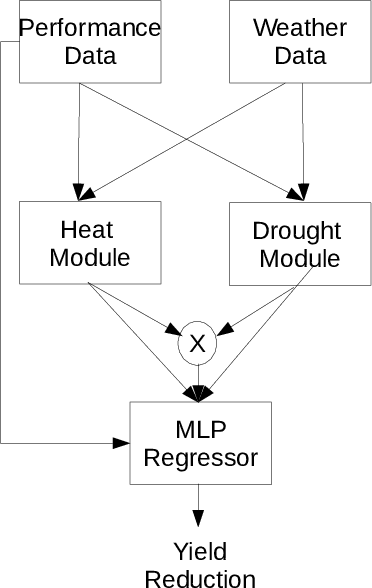
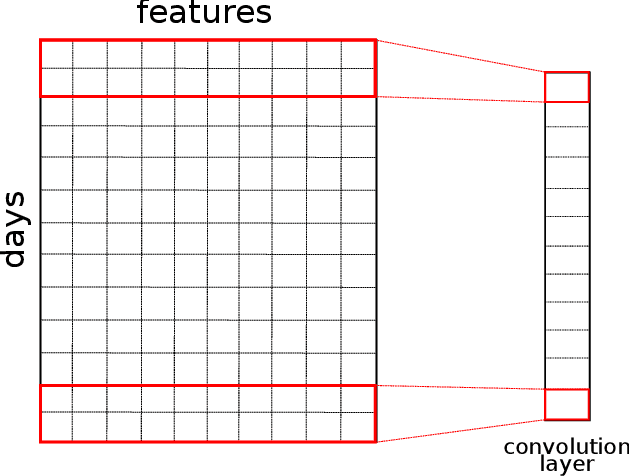
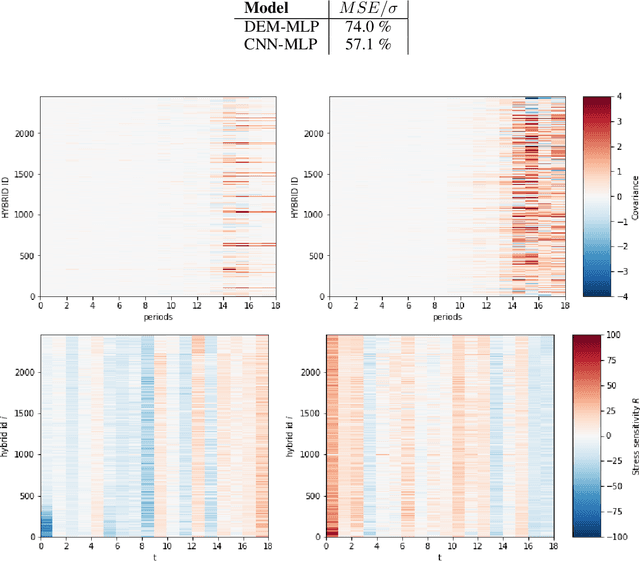

Abstract:In this work we combine representation learning capabilities of neural network with agricultural knowledge from experts to model environmental heat and drought stresses. We first design deterministic expert models which serve as a benchmark and inform the design of flexible neural-network architectures. Finally, a sensitivity analysis of the latter allows a clustering of hybrids into susceptible and resistant ones.
Right for the Wrong Scientific Reasons: Revising Deep Networks by Interacting with their Explanations
Jan 31, 2020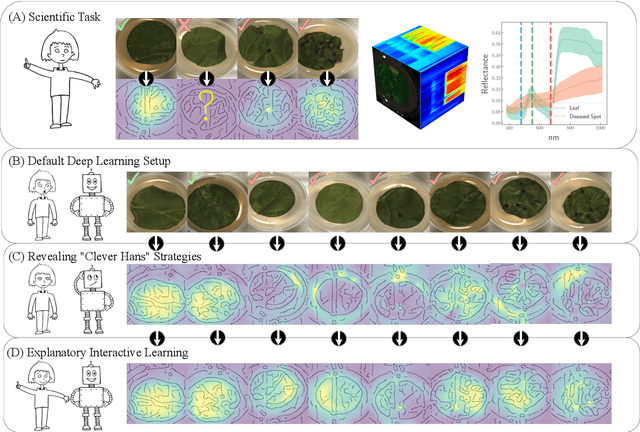

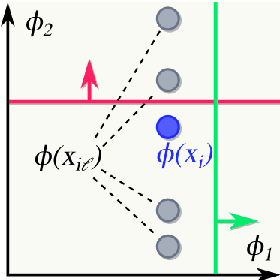
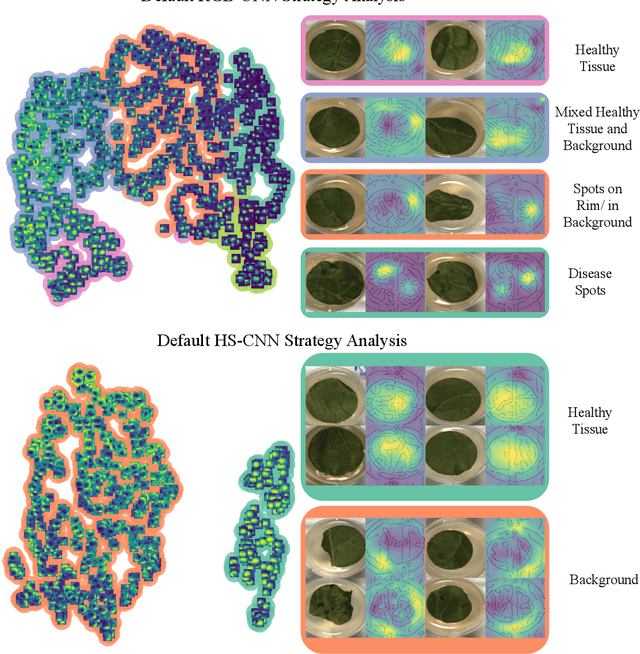
Abstract:Deep neural networks have shown excellent performances in many real-world applications. Unfortunately, they may show "Clever Hans"-like behavior---making use of confounding factors within datasets---to achieve high performance. In this work we introduce the novel learning setting of "explanatory interactive learning" (XIL) and illustrate its benefits on a plant phenotyping research task. XIL adds the scientist into the training loop such that she interactively revises the original model via providing feedback on its explanations. Our experimental results demonstrate that XIL can help avoiding Clever Hans moments in machine learning and encourages (or discourages, if appropriate) trust into the underlying model.
 Add to Chrome
Add to Chrome Add to Firefox
Add to Firefox Add to Edge
Add to Edge